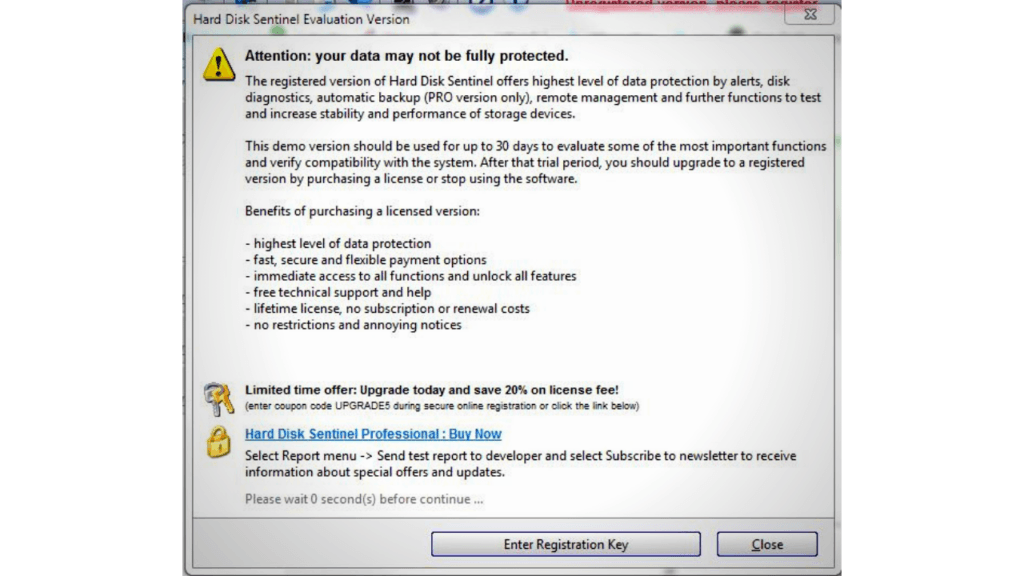

It comes with a straightforward user interface and refreshes the information very quickly. To sum things up, SSD Health can come in really handy to tech savvy users who want to troubleshoot SSD health issues. Some of the attributes include Read Error State, Reallocated Sectors Count, Power-On Hours, Power Cycle Count, Wear Leveling Count, Program Fail Count Chip, Erase Fail Count Chip, Wear Leveling Count and more. The MacBook in our example has a cycle count of 695. The Cycle Count entry is under the Health Information section. In the right pane, you’ll see all the stats for your battery. In each column, the following data can be viewed: ID (of attribute), Attribute name, Value, Worst, Thread and Raw. In the system information window, expand the Hardware category on the left, and then select the Power option. In addition to this, SSD Health provides a table with 6 different columns that displays the hidden values regarding various attributes of the drive. In our case, we used Crystal Disk Info (aka. You can easily determine the health of an M.2 SSD using free utilities. The basic information includes serial number, firmware version, drive capacity, temperature work time and health status. If you want to see how we easily transitioned from one M.2 SSD to a new M.2 SSD on a PC with just a single M.2 slot running Windows 11 and did not lose a single bit of data, watch our video. The app displays various detailed information that helps you determine whether your SSD is working properly or not.ĭesigned as an app for the more advanced user, SSD Health displays information about your drive that you can find in other hard drive related apps, but also more valuable info that helps you solve SSD issues.

Check macbook ssd health for mac os x#
SSD Health is a minimalistic reference app for Mac OS X that enables you to monitor the wellness of your solid state drive from a standard user interface.


 0 kommentar(er)
0 kommentar(er)
